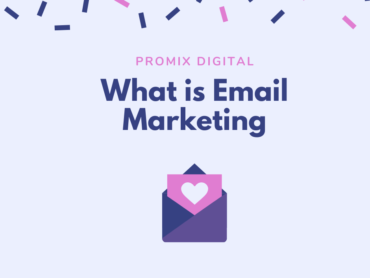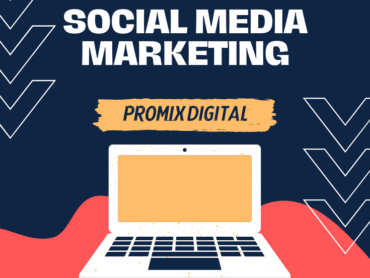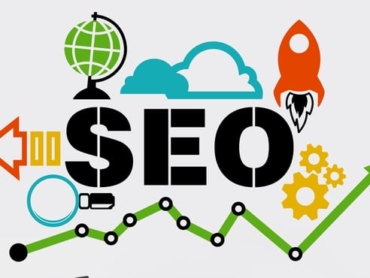
Best Digital Marketing Company

What Is Inbound Marketing and Outbound Marketing
What Is Inbound Marketing and Outbound Marketing
What is Inbound Marketing?
When compared to outbound marketing, inbound marketing is a newer marketing idea. Rather than bombarding clients with advertisements and information, inbound marketing aims to pique their interest and draw them in. This is why it’s called “pull marketing.” It’s also known as content marketing, which is the most common inbound marketing approach.
To engage and intrigue target audiences, inbound marketing employs a variety of content forms. Blog articles, social media, infographics, white papers, email newsletters, e-guides, quizzes, surveys, and other forms of content are among them. Other inbound marketing methods that help individuals locate and engage with marketers’ content include paid search and native advertising.
The goal of an inbound marketing strategy is to gently guide potential customers through the marketing funnel, exposing them to relevant content and brand experiences when they’re ready, gradually increasing brand awareness, increasing customer engagement, and pulling them toward conversion and retention.
What is Outbound Marketing?
Outbound marketing, the more traditional and older of the two sorts, is what most people think of when they think of marketing – billboards, radio ads, telemarketing, direct mail, and television commercials. It encompasses banner and display ads, pop-ups and pop-unders, and cold email marketing in the digital domain.
Outbound marketing efforts, in other words, are those advertisements or marketing methods that push information to customers even when they don’t ask for it. It’s also called as “push marketing” because of this.
Outbound marketing has had a poor rap in recent years. Oversaturation, particularly online, has resulted in issues such as banner blindness and the use of ad blockers.
Outbound marketing, on the other hand, isn’t going away anytime soon. Instead, brands and advertisers are adopting smarter, more interactive methods of communicating with consumers. Out-of-Home (OOH) advertising, which includes billboards, is on the increase, with the global market anticipated to reach $42 billion by 2024. The amount spent on display ads is expected to increase dramatically in the following years, from approximately $340 billion in 2022 to over $500 billion by 2026.
What Is the Difference Between Inbound and Outbound Marketing?
Outbound marketing entails purchasing commercials, getting email addresses, and increasing brand knowledge and exposure in order to entice others to buy your goods.
Inbound marketing, on the other hand, focuses on attracting audiences with relevant content, increasing visibility and engagement, and nurturing the audience until they convert.
Instead of indiscriminately advertising to a huge audience that may or may not be interested in your product or responsive to your messaging, inbound marketing attracts clients by targeting audiences who are interested in, or actively seeking, your services or products.
What’s More Effective, Inbound or Outbound Marketing?
Despite the fact that outbound marketing is the more traditional option, it still has a number of advantages for firms.
Brands are increasingly employing an omnichannel strategy to reach their target audience wherever they are, whether it’s online, in-store, or on mobile devices. Outbound marketing is an important part of multichannel marketing since it opens up offline channels and captures audience attention while they aren’t looking at their computers.
Outbound marketing can undoubtedly get into the comfort zone of older client segments who are not digital natives, such as Millenials and Gen Z, who are comfortable and accustomed with radio ads, billboards, and TV commercials.
Furthermore, because outbound marketing is less targeted than inbound marketing, it is more effective at raising brand awareness among a broad audience rather than focusing on customer conversions.
However, there are several drawbacks to outbound marketing. It can be costly, and all of those high-cost investments don’t necessarily produce the marketing results that a company desires. Another significant disadvantage of outbound marketing is the near-impossibility of effectively tracking your reach or return on investment (ROI).
One of the most significant advantages of inbound marketing over outbound marketing is the cheaper cost.
Inbound leads are 60 percent less expensive than outbound leads, and 80 percent of corporate decision makers prefer to learn about a brand through a series of articles rather than an advertisement.
Another significant benefit of inbound marketing is that, because it takes place online, data on audience behavior can be gathered and campaigns can be optimized accordingly. Furthermore, rather than promoting to whoever will listen, online targeting of relevant audiences makes it much easier to locate new buyers. As a result, conversion rates are higher.
Finding the Right Marketing Strategy for You
Finally, the most effective marketing approach for your company is the one that works. Remember that audiences and marketplaces vary over time, so review your statistics on a regular basis. It’s possible that what worked last year won’t work this year. As a result, your mix of inbound and outbound marketing will almost probably shift over time, especially as adtech advances and offers new ways to target people and track engagement. Measure, optimize, and repeat is the most critical thing you can do with any marketing effort. Make these three stages your goal — whenever and whenever possible – whether you’re doing inbound or outbound marketing, and you’ll see better results.


What Is Inbound Marketing and Outbound Marketing

What Is Content Marketing?

What Is Social Media Marketing?

How to Grow Your Business with PPC Marketing

